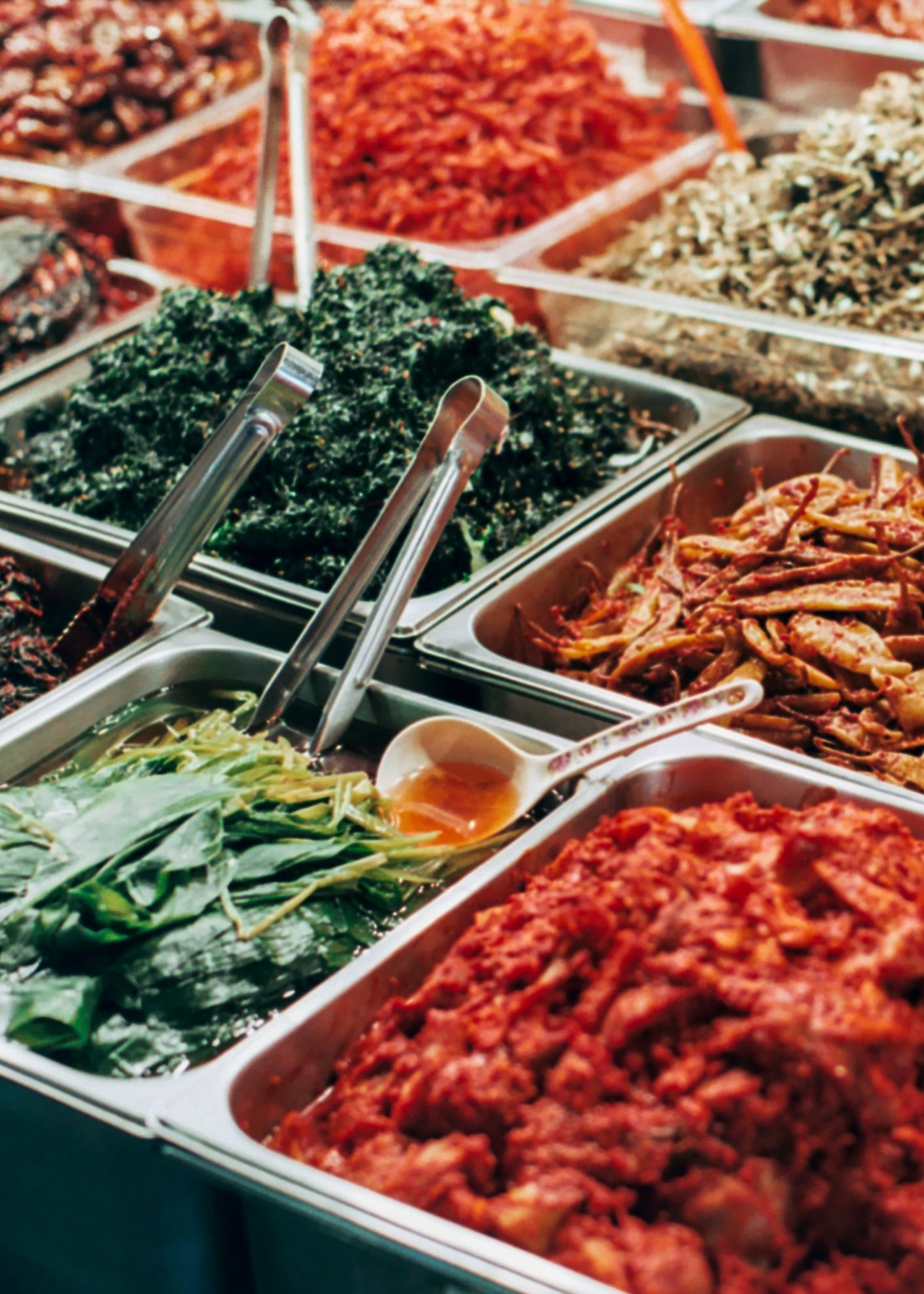What is a flexitarian and why is flexible eating on the rise?

What is a flexitarian?
A flexitarian, or flexible vegetarian, follows a primarily plant-based diet but occasionally enjoys fish and meat along with eggs and dairy. Exactly how often a flexitarian eats meat and fish is a personal choice. It could be once a week, once a month or only on special occasions, but the main idea is to reduce consumption of animal products. In the UK, nearly a quarter of people now say they are flexitarian.
What is a flexitarian diet?
By replacing animal products with more fruits, vegetables, whole grains, legumes and nuts into their meals, flexitarians enjoy a diverse range of nutrients while reducing their environmental impact. Consequently, a flexitarian diet ranks high for its human health benefits and can also be cheaper than a diet that includes a lot of meat.
What are the benefits of a flexitarian diet?
Flexitarianism has grown in popularity as people become aware of the environmental impact of animal-based products and take a more sustainable approach to what they eat.
The animals we farm produce 18% of human-made greenhouse gases, which is more than all the transport combustion engines in the world put together. Agriculture also takes up half the habitable land on the planet, contributes to deforestation and uses huge amounts of water. Beef, for instance, needs about 15,000 litres of water per kilo to produce. Some vegetarian or vegan foods like almonds also have a large water footprint, but overall a plant-based diet has about half the water consumption of a standard meat-based diet.
At the same time, cutting out entire food groups isn’t feasible for everyone. For those looking for a more gradual transition towards plant-based eating or people who require certain nutrients found in animal products, such as iron or vitamin B12, flexitarianism can be easier to sustain than veganism in the long run. A survey by Ipsos in 2022 found that only 6% of people were vegetarian or vegan, but nearly four times as many (22%) were flexitarian.
Is flexitarian better than vegan?
The answer to this question depends on your preferences and goals. Shifting towards a diet that’s less reliant on animal products could reduce our individual dietary emissions by 35%. But it’s important to remember that veganism can be an ethical choice for people for whom animal welfare is the top priority.
At the same time, simply switching the type of meat we eat can make a huge difference. For example, the emissions from a chicken spaghetti bolognese are three times lower than the beef version. Substituting meat for beans or lentils, which are good sources of protein and fiber, halves the emissions again. Of course, there are other ways to reduce the environmental impact of what we eat, including cutting food waste and considering how far our food has traveled to get to our plate.
Ultimately, it’s about deciding what’s important to you and what changes are realistic. But with more plant-based options available than ever, making even a partial move away from meat is achievable for most of us – and can taste pretty darn good too.







